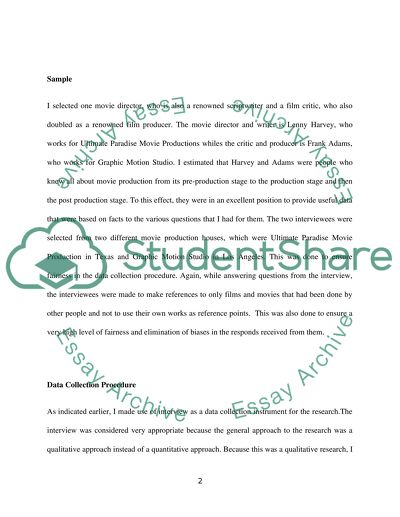Cite this document
(“Promoting Global Tolerance through the Film Industry Essay”, n.d.)
Retrieved from https://studentshare.org/visual-arts-film-studies/1451551-film-production-industry-research-project
Retrieved from https://studentshare.org/visual-arts-film-studies/1451551-film-production-industry-research-project
(Promoting Global Tolerance through the Film Industry Essay)
https://studentshare.org/visual-arts-film-studies/1451551-film-production-industry-research-project.
https://studentshare.org/visual-arts-film-studies/1451551-film-production-industry-research-project.
“Promoting Global Tolerance through the Film Industry Essay”, n.d. https://studentshare.org/visual-arts-film-studies/1451551-film-production-industry-research-project.


